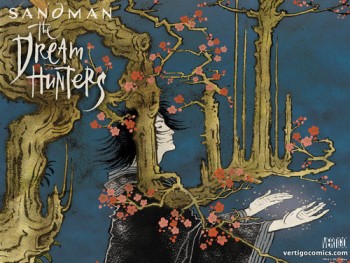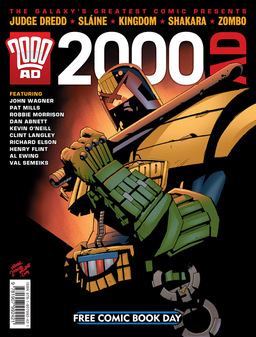Old New Pulp: Byron Preiss’ Weird Heroes
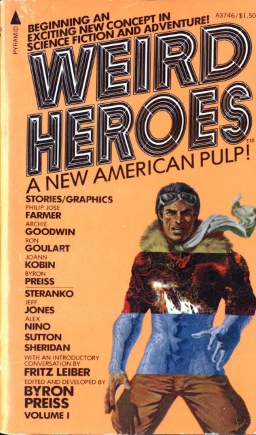 Weird Heroes was a series of eight books put out by Byron Preiss Visual Publications from 1975 through 1977, a copiously-illustrated mix of novels and short stories that aimed at creating a new kind of pulp fiction with new kinds of pulp heroes. The series had a specific set of ideals for its heroes, linked with an appreciative but not uncritical love of pulp fiction from the 1920s through 40s. Well-known creators from comics and science fiction contributed to the books, and one character would spawn a six-volume series of his own. And yet Preiss’ long-term plans for Weird Heroes were cut short with the eighth volume, and today it’s hard to find much discussion of the books online (though they’re well-remembered when they are discussed). That absence is a little surprising, as a whole new generation of writers has come along with an interest in creating new pulps. Now that we’re separated from Weird Heroes by about the amount of time it was separated from the original pulps, it’s well worth a look back at its truncated run.
Weird Heroes was a series of eight books put out by Byron Preiss Visual Publications from 1975 through 1977, a copiously-illustrated mix of novels and short stories that aimed at creating a new kind of pulp fiction with new kinds of pulp heroes. The series had a specific set of ideals for its heroes, linked with an appreciative but not uncritical love of pulp fiction from the 1920s through 40s. Well-known creators from comics and science fiction contributed to the books, and one character would spawn a six-volume series of his own. And yet Preiss’ long-term plans for Weird Heroes were cut short with the eighth volume, and today it’s hard to find much discussion of the books online (though they’re well-remembered when they are discussed). That absence is a little surprising, as a whole new generation of writers has come along with an interest in creating new pulps. Now that we’re separated from Weird Heroes by about the amount of time it was separated from the original pulps, it’s well worth a look back at its truncated run.
Editor Byron Preiss was only 21 years old when he founded Byron Preiss Visual Publications in 1974, and the company began putting out two series of illustrated paperbacks the next year, Weird Heroes and Fiction Illustrated (which ran for four volumes with a fifth issued under a different name). Both were packaged by BPVP to be published by Pyramid Books. Weird Heroes started its run with two anthologies of short fiction that, according to Preiss’ introductions to both books, were conceived as a single volume but divided up due to length constraints. Over the course of the series’ run, it published work by Archie Goodwin, Steve Englehart, Harlan Ellison, and Michael Moorcock, alongside art by Jim Steranko, Alex Niño, Neal Adams, and P. Craig Russell.
In the editorial matter within the first book, Preiss laid out what he hoped to do with the series. Across a general introduction, a historical discussion of “old American pulp,” and an interview with Fritz Leiber later on in the book, Preiss articulated a specific sense of what old pulps did well, what they did poorly, what he wanted to take from them, and what he wanted to improve on. He also wrote about presenting an alternative to the heroes that had emerged up to that point in 1970s popular culture. Broadly, he wanted to recapture the storytelling thrills of pulp fiction and its sense of wonder, while avoiding its misogyny and racism — and unlike what he saw in both the pulps and much 1970s hero fiction, he wanted to find a way to resolve stories and conflicts without the use of violence and murder.
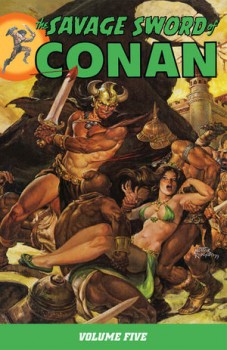
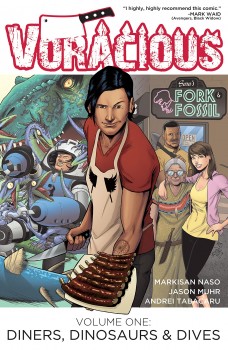
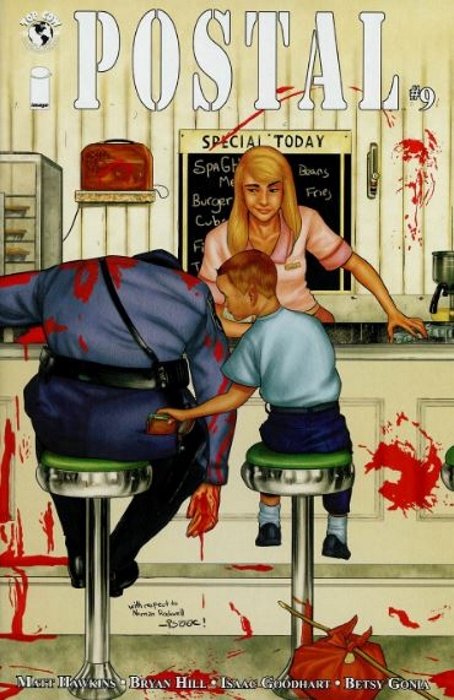
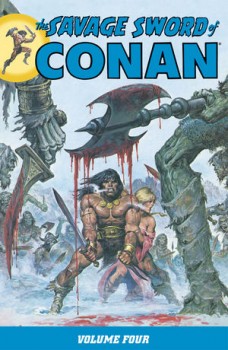
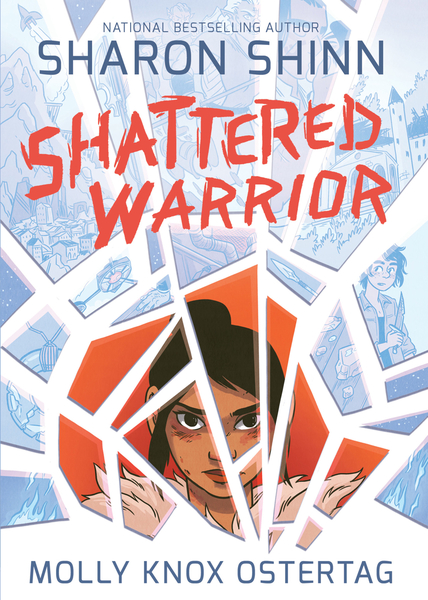
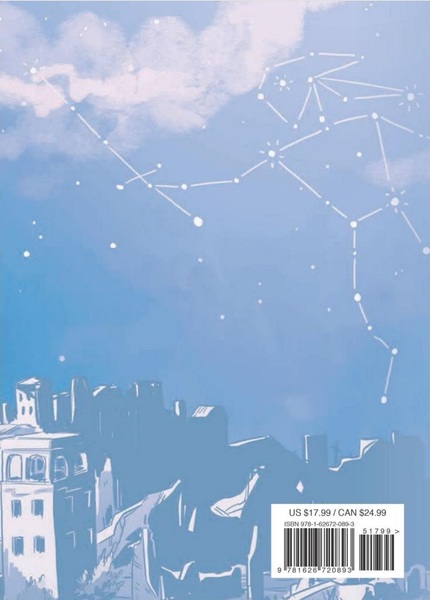
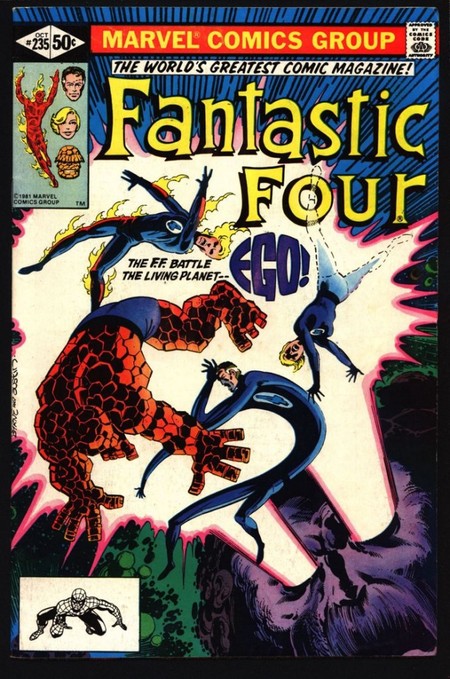
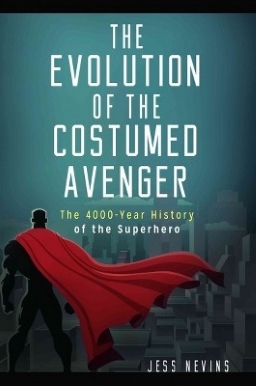 Though he’s written short stories and three self-published novels, Jess Nevins is likely best known as an excavator of fantastic fictions past: an archaeologist digging through the strata of the prose of bygone years, unearthing now pieces of story and now blackened ashes of some once-thriving genre long since consumed and built over by its lineal successor. Across annotated guides (three to Alan Moore and Kevin O’Neill’s League of Extraordinary Gentlemen, one to Bill Willingham and Mark Buckingham’s Fables) and self-published encyclopedias (of Pulps and of Golden Age Superheroes with Pulp Heroes soon to come, as well as 2005’s Monkeybrain-published Encyclopedia of Fantastic Victoriana) Nevins has reassembled old pieces of fantastika, indicating direct influences on modern writing and establishing directories of almost-forgotten story. He’s one of the people broadening the history of genre, in his books, and in articles such as
Though he’s written short stories and three self-published novels, Jess Nevins is likely best known as an excavator of fantastic fictions past: an archaeologist digging through the strata of the prose of bygone years, unearthing now pieces of story and now blackened ashes of some once-thriving genre long since consumed and built over by its lineal successor. Across annotated guides (three to Alan Moore and Kevin O’Neill’s League of Extraordinary Gentlemen, one to Bill Willingham and Mark Buckingham’s Fables) and self-published encyclopedias (of Pulps and of Golden Age Superheroes with Pulp Heroes soon to come, as well as 2005’s Monkeybrain-published Encyclopedia of Fantastic Victoriana) Nevins has reassembled old pieces of fantastika, indicating direct influences on modern writing and establishing directories of almost-forgotten story. He’s one of the people broadening the history of genre, in his books, and in articles such as 